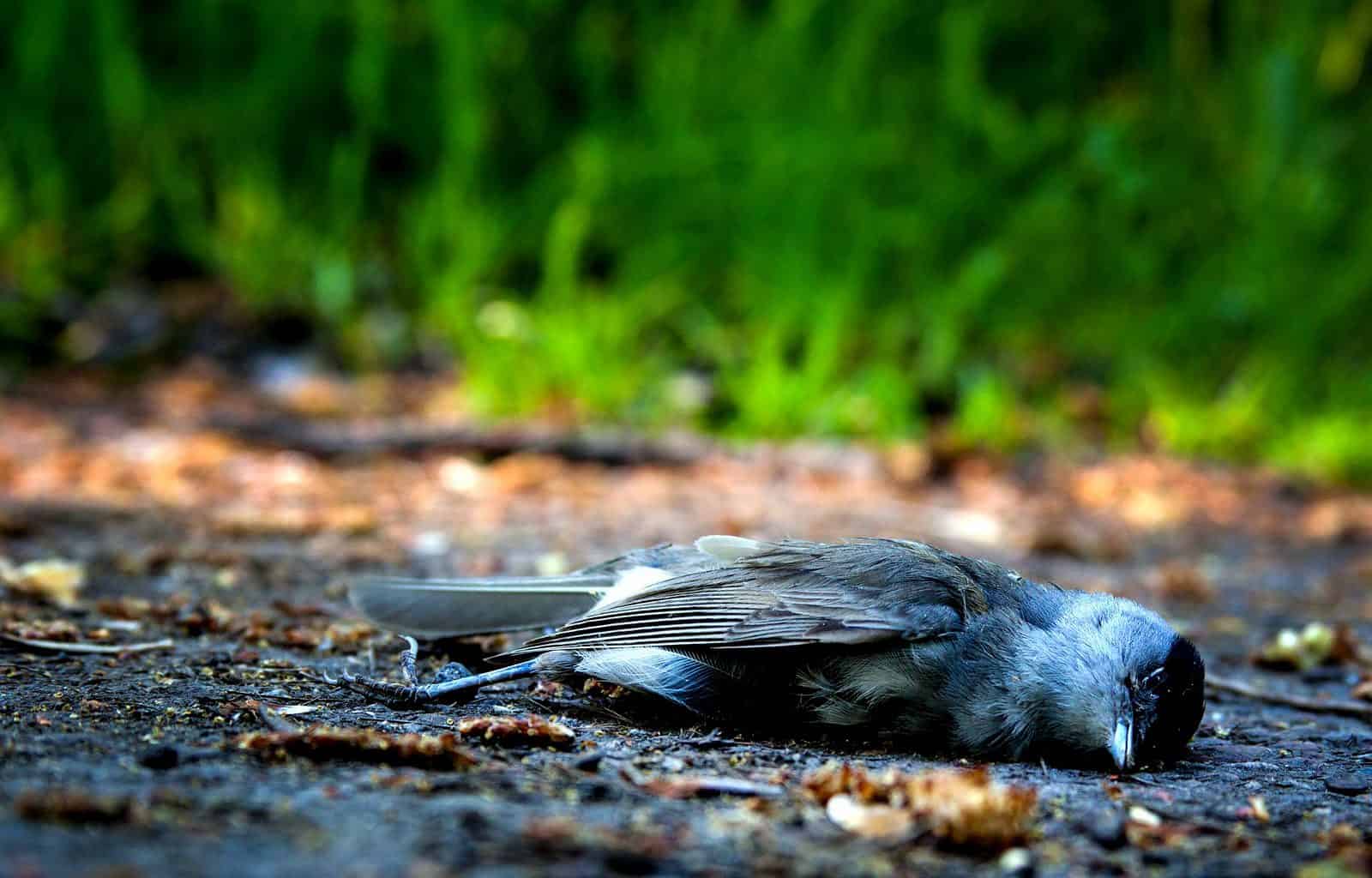Large predators are symbols of Wilderness in Europe as well
Several arguments are dealing with large predators from time to time. Why are these symbols of Wilderness considered critically important in maintaining the integrity of ecosystems and so are critically important for Wilderness? First of all, ecological interactions are initiated by top predators. Secondly, wide-ranging predators usually require large cores of protected landscapes for foraging and seasonal movements. Thirdly, connectivity is required, because core reserves are typically not large enough to maintain sustainable viable predators’ populations.
Wolf, Bear, Lynx, Wolverine and Wilderness
If we kill off wolves and other symbols of Wilderness, we’ll lose not only the prominent species, but also the key to ecological and evolutionary process of top-down regulation. Large carnivores are essential for landscape-level ecological restoration as well, for the restoration of other highly interactive species and the dynamics of natural processes, such as fire and flood. These are all critically important elements of Wilderness.
If native large carnivores are forced from their region, their reintroduction and recovery should be the core element of the local Wilderness conservation strategy. Wolves, lynx, brown bears, otters and other top carnivores are already restored in many corners of Europe, where a suitable habitat remains or can be restored for them. Obviously, large areas of Europe have been modified by humans widely and support such large human populations and intensive agriculture or forestry, that their reintroduction and recovery is not always feasible. Nevertheless, without the goal of reintroduction and recovery of large predators, we are closing our eyes to the fact what Wilderness really means and demands. Several wildlife biologists believe that “Wilderness without animals (and particularly predators) is dead – dead scenery. Animals without Wilderness are a closed book.”
No Safari
However we should make clear that Wilderness doesn’t always mean a ‘safari’. Lack of animal visibility doesn’t mean poor Wilderness and low conservation value, but too easy visibility of animals and particularly carnivores can actually be a sign that something isn’t going well. From the visitor´s perspective it’s obviously a top experience to see the symbols of Wilderness. What can be more exciting than to see wolves or bears roaming freely in the wild nature? Nevertheless, too much observation, too much ‘peaceful’ interaction between animals and humans is changing the behaviour of carnivores (and not only carnivores) and their level of awareness with many negative consequences.
The ‘no hunting’ policy in many protected areas often ends up with reducing the escaping distance of many animals, particularly large herbivores. Herbivores have already learnt how to use human presence as an advantage, and they protect themselves from being prey for carnivores. The result is that grazing herbivores can be found very close to villages, roads and recreation centres. So observing grazing animals along the road, very often directly from the vehicle, is not an artificial natural experience any more, it is obviously a big attraction for visitors, but unhealthy for the animals.
Great social-economical biodiversity value
Wilderness has a great social-economical biodiversity value. We Europeans started to explore and appreciate this part of the European natural heritage only in the past few years. Public support and interest are extremely important to promote this momentum. However we should be aware that inappropriate management of these last remnants of European Wilderness areas can damage them. For example replacing extractive uses such as hunting, logging or grazing by commercial ‘safaris’ will not only affect the behaviour of animals badly, but has nothing to do with the Wilderness concept.









We all know that re-introduction is expensive and fraught with difficulties. The most important thing we can do to aid any type of re-introduction is to protect large swaths of habitat.
Hi Alexander,
Reintroduction is acutually happening in central europe, even though it does have mixed success. And yes migratory reintroduction is still reintroduction. Consider Germany where the 180 Wolves migrated from Poland and are now banning their way into central germany and even Austria. I just returned from Spain where the new Wolf corridor from Switzerland through France to Spain has led to an automatic migratory excahnge between the populations. We were just yesterday contacted by our Italien colleagues concerning their effort to establish a Wolf Corridor through Austria. This corridor will lead to some of the wolves returning to their old hunting grounds in the alps. Now technically it is a natural reintroduction without the direct involvement of scientiest, but it still means that carnivores are returning home…
Thanks Zoltan for the interesting article! I agree with many points but have doubts about your last statement. Safaris happen in many forms, only some of which affect animal behaviour (the same is true for hunting or recreational activities) but safaris rarely “replace extractive use”: Both refer to different numbers and groups of local people.
Other comment: In Central Europe, reintroduction of large carnivores is largely limited to lynx, as far as I know. A WWF project from the late 1980s in Austria reintroducing brown bears eventually failed some years ago, after the new small population disappeared one by one (suspect: in secret trophy collections). The same strange disappearing of all three male lynx is currently an issue in the Kalkalpen NP in Upper Austria. Otters are top targets of fish pond owners. So, its more natural migration that leads to repopulation of old territories, as can be regularly observed for brown bears and wolves, but reality is: Hunters do not want competitors in their territories (for which they pay a lot of money).